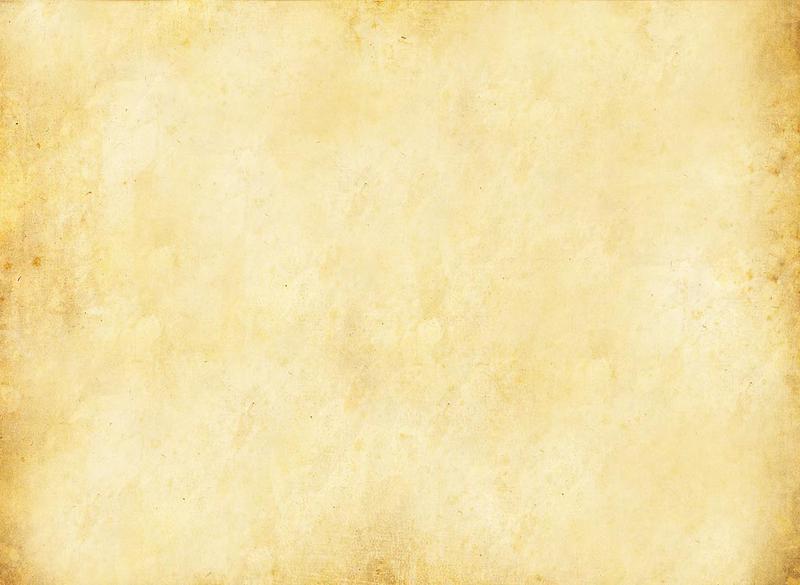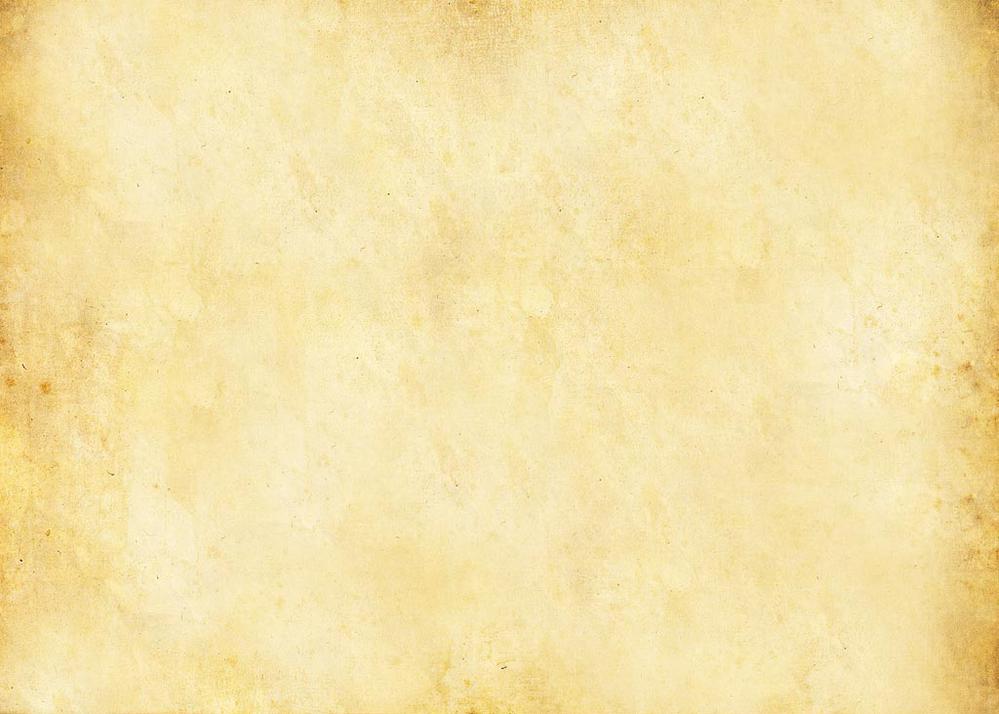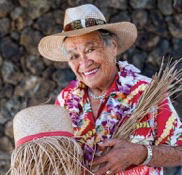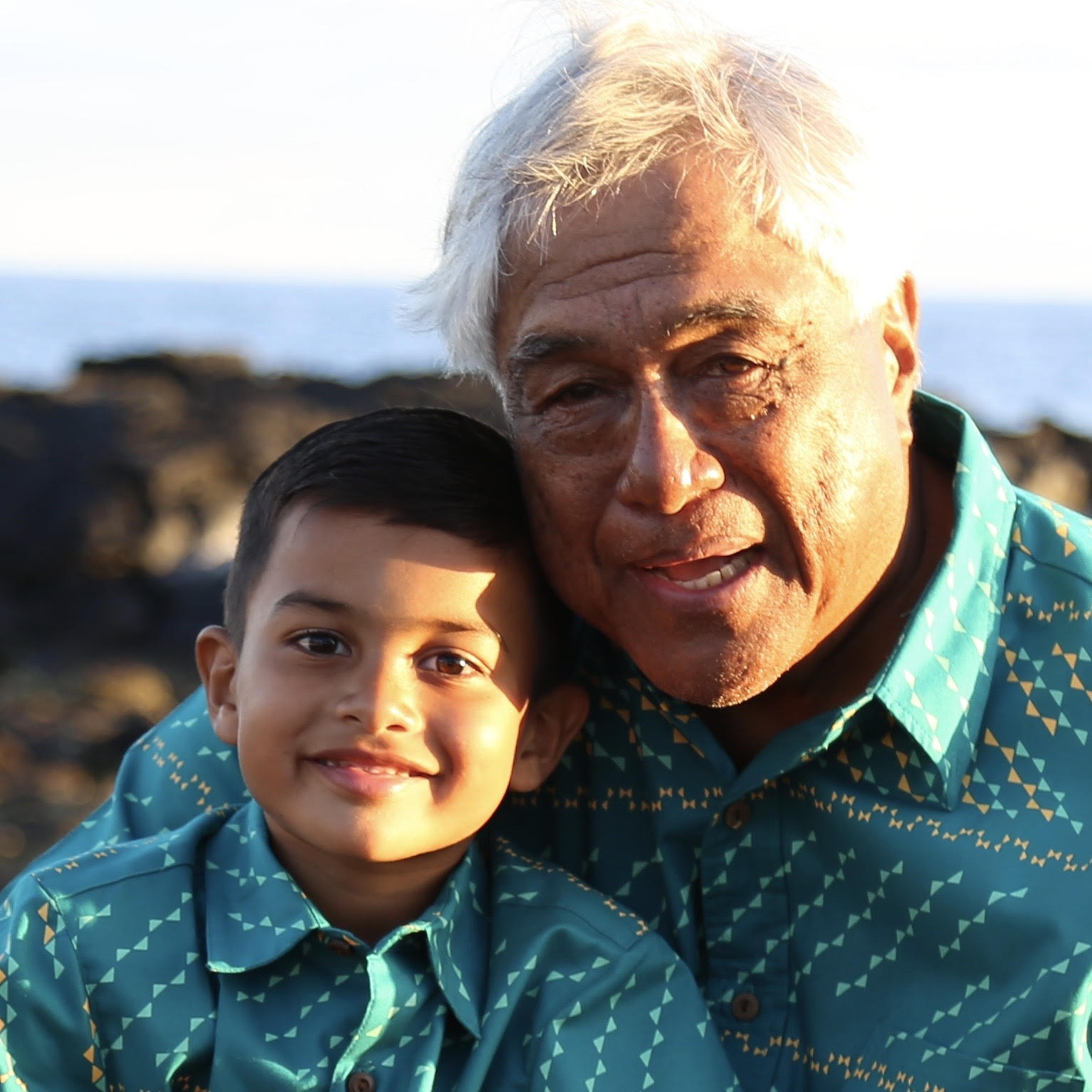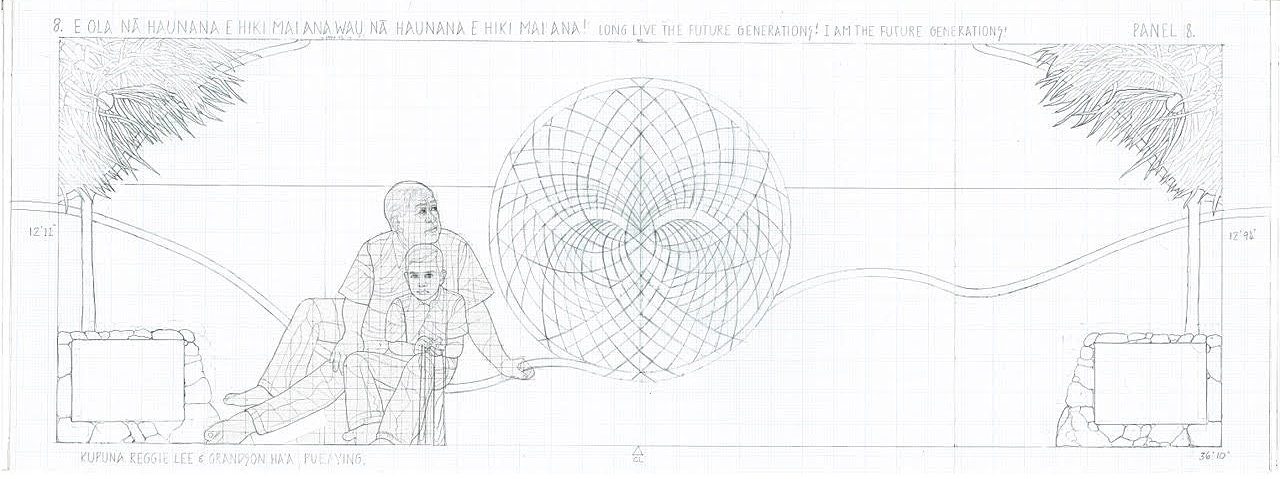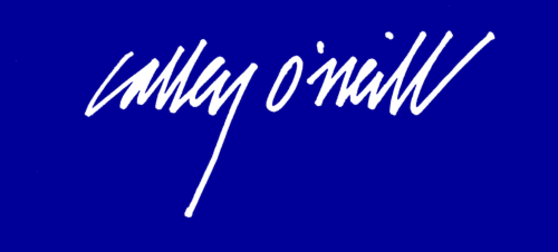WALL 8:
E OLA KE ALOHA! O WAU KE ALOHA!
LONG LIVE ALOHA! I AM ALOHA!
A RAINBOW OF CULTURES TAKE CARE OF FUTURE GENERATIONS
I Aloha Ho‘okahi, I Uhane Ho‘okahi, I Lāhui Ho‘okahi ko Hawai‘i pae ‘āina...Kūkaniloko eō
One Aloha, One Spirit, One Nation, ko Hawai‘i pae ‘āina...Kūkaniloko eō
AUNTIE ELIZABETH MALUIHI LEE,(1929 - 2016) The late master weaver, child of this land, was honored as a living treasure of Hawai’i by the Office of Hawaiian Affairs (OHA) in 1993 for her invaluable contribution to weaving. She was taught by her hanai (adopted) parents when she was 5. Weaving was her life and she shared it broadly. In the 1990’s, she reached out to the kumu to come together to preserve and perpetuate weaving. There are now scores of master weavers and teachers thanks to her dedication.
REGGIE LEE, a highly respected native son of this land, wisdom carrier, and lineal descendant of the famous master weaver, Kupuna Auntie Elizabeth Maluihi Lee, is a highly respected Kupuna and Hawaiian Cultural Advisor at Kohanaiki. Reggie is very close to his mo’opuna (grandsons), especially Ha’a, who will appear as a child of the land filled by his Bowl of Perfect Light. This indicates a transference of generational knowledge.
A RAINBOW OF CULTURES: The background is essentially the same as in the first panel, because the spirit of aloha perseveres. Reggie and his grandson sit at an ancient Konane board, with Reggie looking up at his mom, Auntie Maluihi and Reggie looking into the eyes of viewer. The thin blue line runs through their hands.
Aloha never changes nor evolves. Aloha is the field of love and light in which we live and thrive as one. Kupuna and the global scientific community share that together we must take care of the land, the ocean, and the climate to take care of the children and their future.
The Hawaiian Nation is a Light Carrier. I want the people who see this mural to experience the true spirit of aloha and take it home to share with their family and friends. When I relate to people with aloha, they feel it. When we send out ripples of aloha, the ripples go on and on forever, just like tossing a stone into a pond. People come here from everywhere! We want to share the aloha spirit all the way to Minnesota, Japan, and the Middle East. Since aloha goes on forever, and the Earth is round, it will come back to Hawai’i over and over.
Earl Regidor
We are creating our life conditions. When we wish to change our circumstances, all we have to do is release our present conditions. All things are possible when one’s power is strong.
Tales of the Night Rainbow, Koko Willis, Pali Jae Lee
BACKGROUND: One of the most ethnically diverse states in the US, Hawai’i is a rainbow of cultures. Everyone is a minority. There are more people here who claim mixed racial backgrounds than in any other state. The people that make Hawai’i an exemplar of peace and cooperation came here in waves, bringing a bounty of cultures, religions, languages, knowledge, skills, traditions, agriculture, foods, music, dance, and art.
At first the immigrants came as single male contract laborers, brought in by English and American sugar plantation owners. In 1852, a half century earlier than the rest, Chinese workers came, increasing to 50,000 strong by 1887. Between 1885 and 1924, more than 200,000 Japanese farm workers immigrated to Hawai’i. From 1878 to 1911, more than 16,000 Portuguese immigrated with their families to stay. Most came from the Azores and Medeira.
Out of work due to devastating hurricanes in their homeland, Puerto Rican coffee workers immigrated to Hawai’i starting in 1900. They were 7,000 strong within two years. In 1903, the first Koreans arrived. The Filipino sacadas (seasonal farm workers) arrived next, starting in 1906, making up half the plantation labor force as sugar peaked in the early 20th century.
The rainbow of cultures continues to expand with Pacific Islanders, Hispanics (now the fastest growing ethnic group), African Americans, and people from all around the world.
AS MORE GLASS IS ADDED: Auntie Malu’ihi and Reggie are sitting with all three of Auntie’s great grandsons. This ohana encompasses the world, as well as future generations, because the family encompasses a wide diversity of races and religions, holding the promise of a healthy, happy, abundant future based on Aloha. The night rainbow arc may arc above Auntie weaving and her Maka Pueo (Eyes of the Pueo) at the center, symbolic of the weaving together of our many gifts. This asks us to see through native eyes, and see the long view. In the golden light of Aloha, the children and their great grandmother are looking out at the people to invoke a feeling of love, caring, unity, and hope to all who see them.
A BOUNTY ~ KONA’S WORLD FAMOUS AGRICULTURE TODAY: In subsequent layers, a side border of ethnic local foods will appear. Kona farmers grow a rich diversity of delicious tropical fruits, avocados, vegetables, macadamia nuts, flowers, foliage plants, and Kona coffee. In 1928, Samuel Reverend Ruggles planted the first coffee tree seedling in the rich volcanic soils of Kona, now Hawai’i’s most renowned crop, with over 650 Kona farms producing over 95% of the delicious beans.
Art and Soul for the Earth
Big Island of Hawai'i

